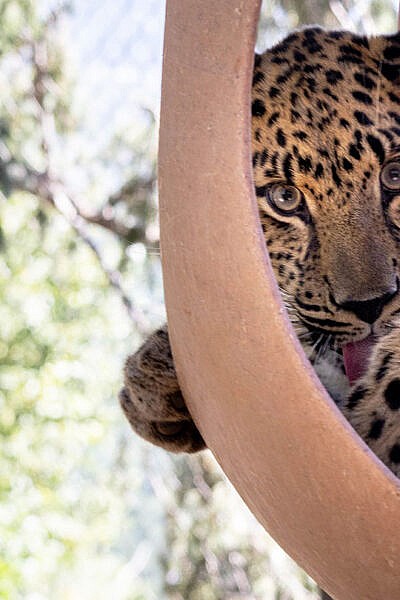Mango and Basha, 1-year-old Amur leopard brothers, are growing up – and gearing up for their next big adventure. As the first Amur leopard cubs born at Cheyenne Mountain Zoo in nearly 20 years, their highly anticipated births made history in May 2023. Now, their care team is preparing them to leave CMZoo for other zoos accredited by the Association of Zoos and Aquariums (AZA) to continue their important work in furthering the species.
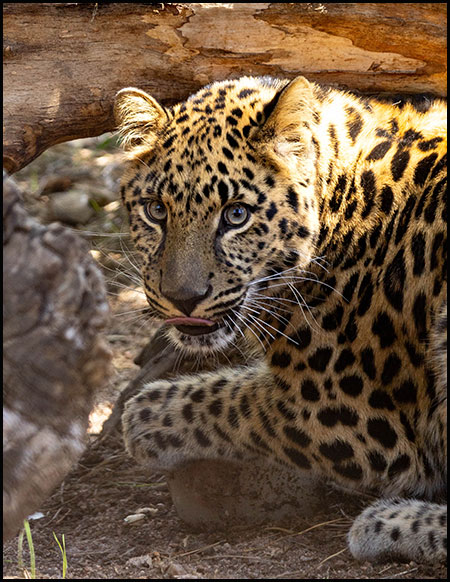
Mango, with his playful and unpredictable nature, and Basha, known for his quick learning and keen observation, are sure to make lasting impressions wherever they go. Their moving dates have not been set, but they could be as soon as this fall or next spring. The boys will go to separate zoos on eventual breeding recommendations to help support the Amur Leopard Species Survival Plan. Although they’re reproductively mature now, they’re not likely to meet potential mates right away. Male leopards are usually most successful mates when they’re a bit older.
Mango and Basha, who previously lived with their mother, Anya, have most recently been living together, apart from their mom. It is natural at this age for male leopards to leave their mothers, and Anya was showing keepers she was ready for the boys to move out. For the last couple of months, the brothers have been living together and spending more time independently from each other.
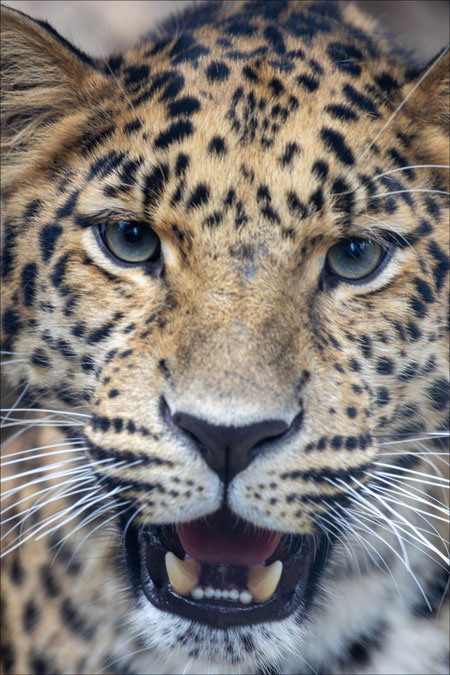
The steady transition is part of a comprehensive plan to foster their independence and confidence as independent leopards in new homes. Basia Dann, lead animal keeper in Asian Highlands, and her team are creating a detailed big cat transport plan and best practices program. They have started sharing the program with other big cat teams at professional conferences. Their hope is that this program can help Mango and Basha, as well as other big cats, make successful transitions between AZA-accredited organizations.
“It’s likely that most animals will move between organizations eventually,” Basia says. “We want Mango and Basha to be comfortable and confident during training, throughout their transport and as they settle into their new homes. We’re preparing them for various environments and situations they might encounter in their new zoos.”
The preparation began early, with keepers training Mango and Basha in a range of skills essential for their upcoming moves, as early as just a few months old. Crate training has been a key component, because the leopards will embark on their journeys by voluntarily entering transport crates and being awake for the trips to their new homes.
“We’ve been ‘practicing’ moving with the boys by asking them to voluntarily enter and sit calmly in a variety of crates and environments,” Basia says. “This helps them get used to being in different settings, and it can reduce their stress during a move. We want them to learn that they can feel confident in a crate, that crates are temporary, and that they’ll get a big treat when they’re done in the crate.”
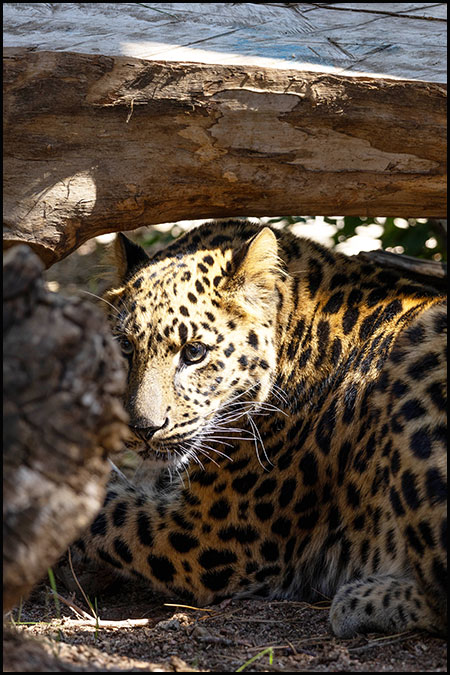
In addition to crate training, keepers have been rotating Mango and Basha through different spaces within their current habitat. This includes areas that simulate conditions they might encounter in their new homes, such as public viewing spaces and routine quarantine settings. The aim is to familiarize the leopards with varied environments and stimuli, helping them build skills that make them adaptable and resilient.
Communication between zoos is another critical aspect of preparing an animal for a successful move. Cheyenne Mountain Zoo is working closely with other facilities to coordinate Mango and Basha’s transfers, including sharing detailed information about the leopard’s individual preferences, tendencies, habitat layouts, experiences, training and behaviors.
“We share information about their favorite resting spots, perching systems, preferred enrichment and feeding habits, too,” Basia says. “This helps the receiving zoos prepare environments that feel as familiar as possible for them. If an animal is most relaxed up high on a branch, let’s make sure they have that waiting for them after their transport.”
As Mango and Basha prepare to leave, there’s a mix of excitement and bittersweet emotion among CMZoo staff.
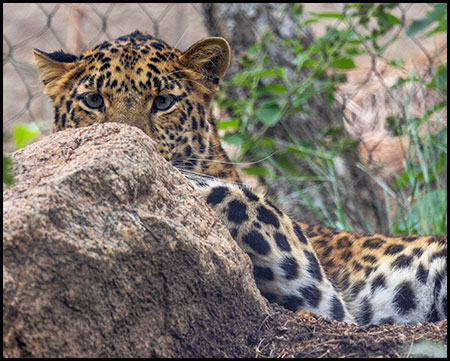
“Working with their mom through her pregnancy and seeing them grow up have been some of my most rewarding experiences as an animal keeper,” Basia says. “I will definitely miss them, but it’s not about me. We do this work alongside our animals to help save species, and I’m so glad we got to play a supporting role in helping Mango and Basha learn how to do that.”
Amur leopards are widely known as the rarest big cats on the planet. Only around 100 individuals remain in the wilds of Eastern Russia and China. CMZoo’s four Amur leopards represent four percent of the wild population. Helping Basha and Mango master the skills needed to successfully adapt to a new home in the future will hopefully give them the opportunity to breed and have families of their own, increasing the number of Amur leopards in the world.
When their moving plans are more concrete, CMZoo will share details. Visit the boys now to ensure you can wish them well on their way, and stay tuned to the Zoo’s social media channels for updates.
